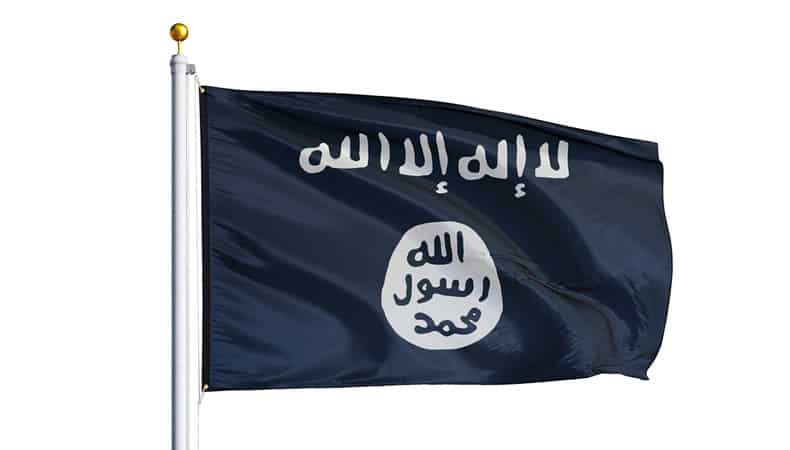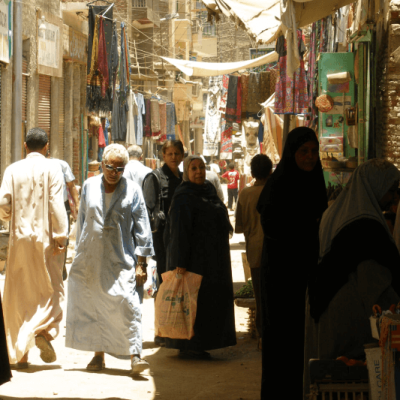Isis activity in Syria increases, a terrorist attack in Hama kills nine civilians

A Daesh terrorist attack killed nine civilians in the governorate of Hama in central Syria. According to the Syrian government press agency “Sana,” nine civilians were ambushed in the village of Al Fasidah, east of Salamiyah, while grazing their flocks. Salamiyah hospital received the nine corpses. Units of the Syrian Arab Army immediately started the hunt for those responsible, who fled to a desert area.
There is no peace for the Syrian army (SAA) and pro-Iran allied militias in the Badia al-Sham desert west of Deir Ezzor. A joint convoy was ambushed by Isis militiamen, who killed and wounded several components, putting the others on the run. Damascus sent reinforcements from the Fifth Army Corps, which lined up between Al-Duwayr and Al-Hasrat, near the Euphrates. IS attacks against SAA positions and vehicles are continuing at an increasingly rapid pace.
Not even the intervention of the Russian fighters a couple of days ago, which carried out a series of strategic raids against terrorists in the quadrant, helped to ease the pressure on the soldiers, who are increasingly disheartened and nervous. Their commanders for the moment are still managing to keep order, but the situation is rapidly deteriorating.
Damascus, which is organizing new roundups in the Badia al-Sham desert, has asked for more concrete help from Russia against Isis in Deir Ezzor. According to local sources, it seems that some Federation assets are on the way, which could create advanced operational bases (FOBs) from which to conduct continuous raids against IS. However, there is a high risk that also these will be targeted by jihadists.
Consequently, if and how to establish them, as well as which defences to equip them, are still being studied. Meanwhile, the SAA periodically receives reinforcements from other regions of Syria. The problem, however, is that the new military and allied militias do not know the territory and are therefore easy prey to ambushes by terrorists, as the latest attacks show.
In March 2011, the Syrian government, led by President Bashar al-Assad, witnessed an unprecedented series of protests in favor of democracy in the country. The demonstrators demanded an end to the Assad regime, which in 2000 took over from his father, Hafiz al Assad, who has been in office since 1971. The authorities made extensive use of police and military forces, trying to stem protests violently.
Although it is impossible to pinpoint when the uprising morphed from a predominantly peaceful protest movement into a militarized rebellion, armed confrontations became increasingly common. By September 2011, organized rebel militias and terrorist groups fought with government troops in surrounding cities to Syria.
The crisis in Syria has now reached its tenth year, and in many areas, humanitarian needs are still very high. Although the situation on the ground has changed in 2020, with the Syrian government consolidating control over large swaths of territory including Homs, Eastern Ghouta, Southern Damascus, and Daraa, the situation for civilians remains extremely unstable. Conflicts and displacements are ongoing in the northern governorates, with the risk of further escalation and insecurity in the rest of the country.




